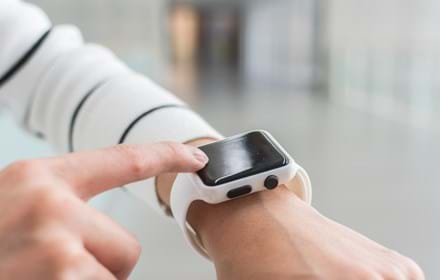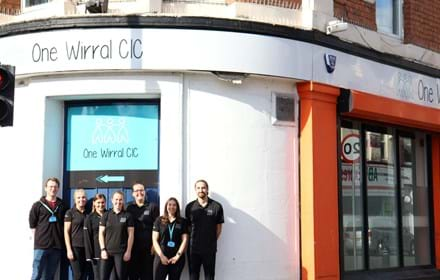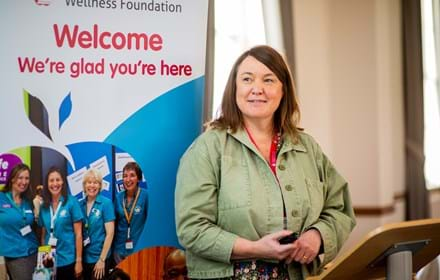
Trials on type 2 diabetes treatment report reduced body weight
Tirzepatide significantly reduced HbA1C and body weight in people with type 2 diabetes.
The results of a one-year study on tirzepatide has reported significant reductions on HbA1C and body weight, that could help self-management of the condition for people living with type 2 diabetes.
A team of researchers in Basingstoke found that a15mg dose of the treatment could reduce HbA1c levels by 2.37% and body weight by 12.9 kg in comparison with treatment of insulin degludec.
Tirzepatide is a once-weekly dual glucose-dependent insulinotropic polypeptide (GIP) and GLP-1 receptor agonist that integrates the actions of both incretins into a single molecule, representing a new class of medicines being studied for the treatment of type 2 diabetes.
Mike Mason, President at Lilly Diabetes, who carried out the tests, said: “Tirzepatide delivered impressive HbA1C and body weight reductions in both studies and continued to achieve consistent efficacy and safety results in people living with type 2 diabetes, regardless of how long they have had the condition. Significantly lowering HbA1C levels and weight are high priorities throughout the type 2 diabetes treatment journey, and the results we have seen from three SURPASS studies to date fuel our belief in tirzepatide’s ability to meet those needs.
“Tirzepatide delivered impressive HbA1C and body weight reductions in both studies and continued to achieve consistent efficacy and safety results in people living with type 2 diabetes, regardless of how long they have had the condition.”
In recent years there has been an evolution in treatments for people living with type 2 diabetes
Bethany Kelly, Diabetes Specialist Nurse at Solent NHS Trust and DRWF Editorial Advisory Board member, said: “GLP1-RA therapies have been around for a good 10 years or more, and it has been great to have seen the evolution of these treatments for people living with type 2 diabetes. We have moved from a twice daily injection to now a once-a-week injection, and they are often used as a second line therapy.
“These therapies have been proven to be really beneficial in helping people to lose weight as well as helping to stabilise blood sugars. They also offer heart protection at the same time. These therapies are very commonly used by diabetes teams as a treatment for type 2 diabetes.
“This is the first GLP1 and GIP combined therapy that we will have available for use. I am sure we all welcome this new and novel version, as diabetes is never a ‘one size fits all’ approach. It is helpful to have newer therapies in our “toolbox” to ensure that we can fit the right treatment to each individual person.”
Support DRWF by making a donation here
Find out more about DRWF-funded research here
Find out more about DRWF fundraising here
For latest update follow DRWF on Facebook, Instagram and Twitter
To receive the charity’s latest bulletins as they become available, please sign up here
Read DRWF diabetes information leaflets here
Join the Diabetes Wellness Network here
Recent News


